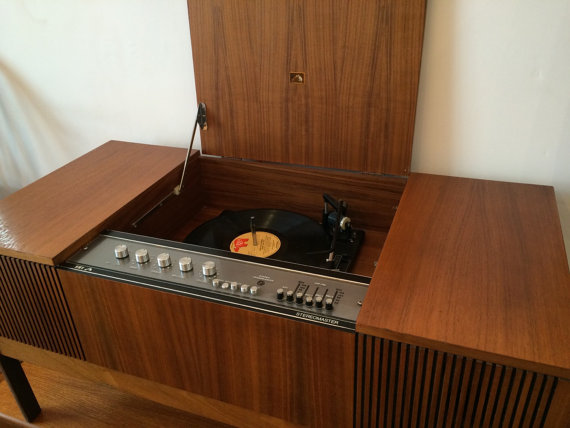
When you sit back and think about it, technology and its influence on the way we live our lives has changed dramatically within the space of just a generation or two. This got us at Sentab reminiscing about times gone by and also looking a little bit to the future.
We would like to take you on a journey, a nostalgic look back on some of the most influential (and at times, shockingly bad) developments of the past century. Some of them you will look back on with fond memories, some you may even own and use to this very day. And once in a while you will agree that the old ways were by far the best! We invite you to let us know in the comments which ones you remember, and also if we’ve missed anything special along the way…
Let Me Entertain You
Music, dance & drama have long been the staple diet of people wanting some escapism from the reality or mundanity of everyday life. Once the preserve mostly of theatre and dance halls, the advent of recordings suddenly brought these into our homes.
Do you remember the ritual of playing your favourite LP? From setting the speed, to cleaning the vinyl and stylus. How about film rentals? Strolling around the store and trying to remember to rewind the VHS (or Betamax!) tape before returning it to the rental store to avoid a fine. Some enterprising souls even developed machines to do this for you – although I’m not sure why you wouldn’t just use your video player!
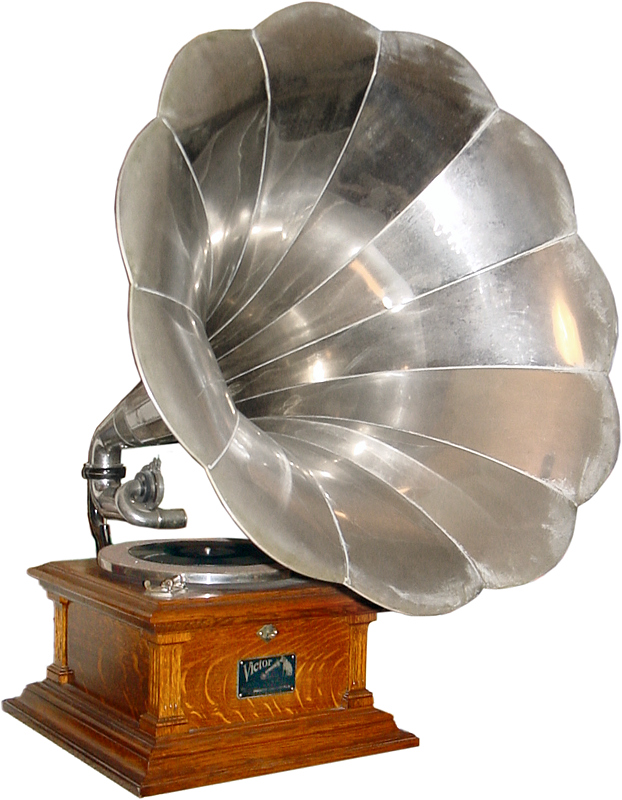
Now we are in the digital age where we can listen to music without owning shelves of cassettes and share home videos with our loved ones without arranging a family reunion each time (although those are nice too). Let’s take a look at how we got to this point, because the history goes back to as far as the 19th century.
The Reign of Records
The first device that made recording and reproducing sound possible was a phonograph. It was invented by Thomas Edison in 1877 and it used cylinder records. First cylinders were covered with tinfoil and could only play about 2 minutes of sound. It was possible to simultaneously produce only a number of copies of each record. As the demand grew, popular artists needed to re-record and re-re-record their songs. An artist, George Washington Johnson was obliged to perform his “The Laughing Song” literally thousands of times in a studio during his recording career.
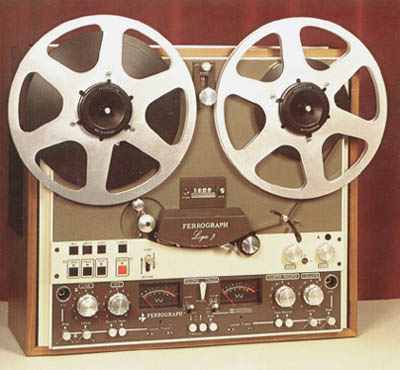
The next milestone was the invention of the disc record in 1889. Until the late 20th century it was the primary medium used for music reproduction. Kids these days might be surprised to hear that gramophones were initially wound-up by hand and used no electricity. Electric gramophones were called record players, or turntables and came much later. Although the vinyl record format is over 100 years old, it is still used as a niche product today by DJs and audiophiles. In fact, vinyl records are back in fashion. There were 1.3m vinyl albums sold in the UK in 2014 and that’s the highest number in 20 years.
Tapes take over
Home recording became a reality with the advent of the magnetic tape. Originally developed in the late 1920s, for many years these tape recorders took the form of open Reel-to-Reel machines. And even after the cartridge and cassette were introduced in the 1950s, the open reel format was a vital component of the most powerful computers right through to the late ‘80s!
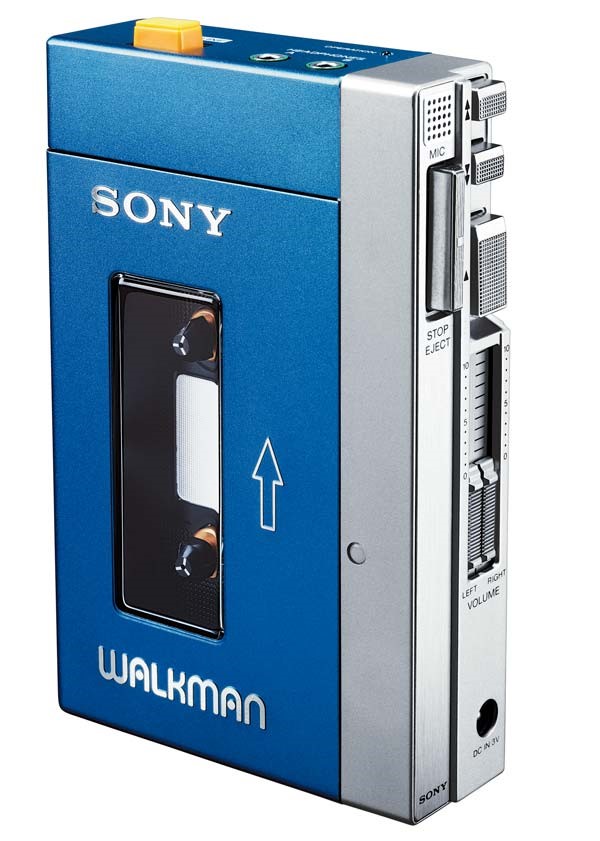
For audio, Compact Cassettes became popular in the 1960s, being initially a system designed for dictation and portable use. The audio quality wasn’t well suited for music until the 1970s. But it wasn’t until the 1980 that cassettes overtook the sales of vinyl albums for the first time, largely thanks to a new portable device called the Walkman, developed by Sony. This was to become one of the first icons of the modern technology era, and by June 1989, 10 years after the first release, 50 million units had been shipped globally. In 1986 the name ‘Walkman’ was even included for the first time in the Oxford English Dictionary.

The success of the compact cassette had a huge impact on culture at the time. From the original Boomboxes, which contributed so much to street culture and dance (not to mention upper body strength), to the much loved mix tape. How many of you have shown your affection to someone, perhaps your now spouse, by dedicating evenings to the lost skill of writing out the track listings on the inlays and carefully hitting the play, pause & record of your tape to tape deck. Thank goodness for the advent of high speed dubbing! Somehow today, a Spotify playlist doesn’t quite instil the same romance…

Magnetic tape also enabled us to record videos as well. First experiments originate from the early ‘50s, but videotape entered home use in the 1970s. After winning the battle of the first format wars with Betamax, the peak time of VHS is considered to be the ‘80s and ‘90s. The first home videos originate from the same era when the first consumer camcorder was released in 1983. This was also the golden age of video rental shops, when there were tens of thousands of rental stores across the US alone and many grocery and drug stores also rented tapes.
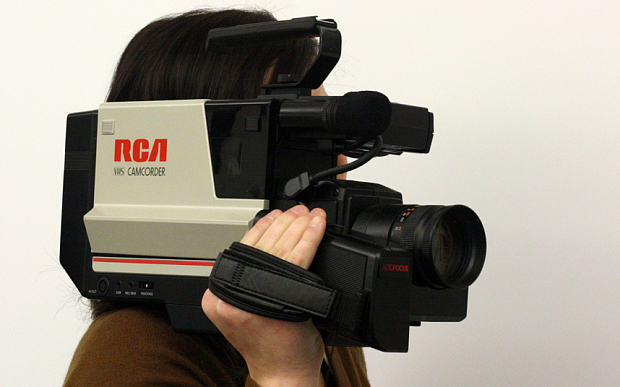
Enter the Digital Age
Unlike the Walkman boom, the digital era introduced itself with a comparative whimper. Forget the blink and you miss it flirtation with DAT, DCC & minidisc. The big success story came with Compact Discs (CD) which was developed jointly by Philips & Sony and introduced to the market in 1983. An evolution of the LaserDisc (remember those?) the CD was laughably touted as being near indestructible (who could forget the jam demonstration?!) and having ‘perfect’ sound quality. Fact of the matter was that a mere fingerprint would make a cd player skip like a boxer on steroids, and the cost unfortunately limited exposure primarily to ‘audiophiles’, who were less than convinced with the sound quality in comparison to their high quality analogue systems. The record industry also fiercely resisted the introduction of digital systems but gave in eventually, and the introduction of recordable CDs also secured its success within the computer industry.
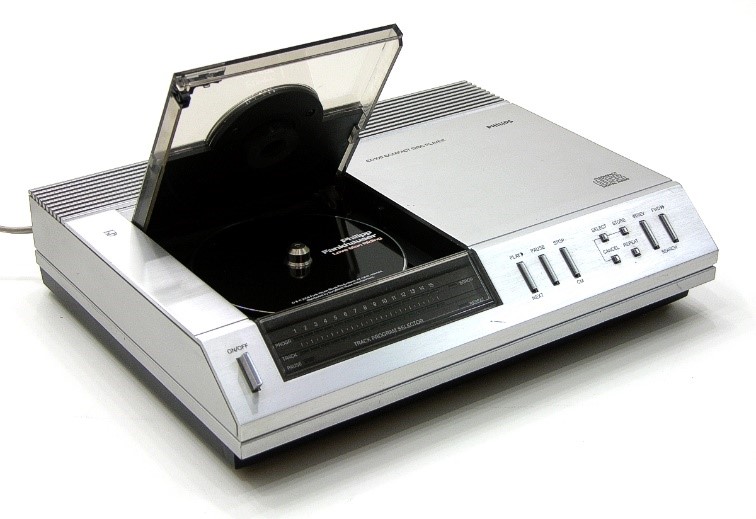
Gone with the Discs
By 2004, about 30 billion CDs had been sold worldwide, three years later the sales had grown to 200 billion. Sales numbers began to drop shortly after that with the advent of the internet and the MP3.
Enter that other portable music icon – the iPod. This has slowly developed from being able to store less than 1000 songs to holding more than 30,000 and containing more computing power than even the most powerful PC on the market when the iPod was first introduced.
The ever increasing storage capabilities and subsequent decrease in cost has signalled an end to floppy disks, zip drives and even hard disk drives to an extent, with solid state offering far quicker, more reliable, and compact alternatives.
Who would have thought even 10 years ago that something this size...
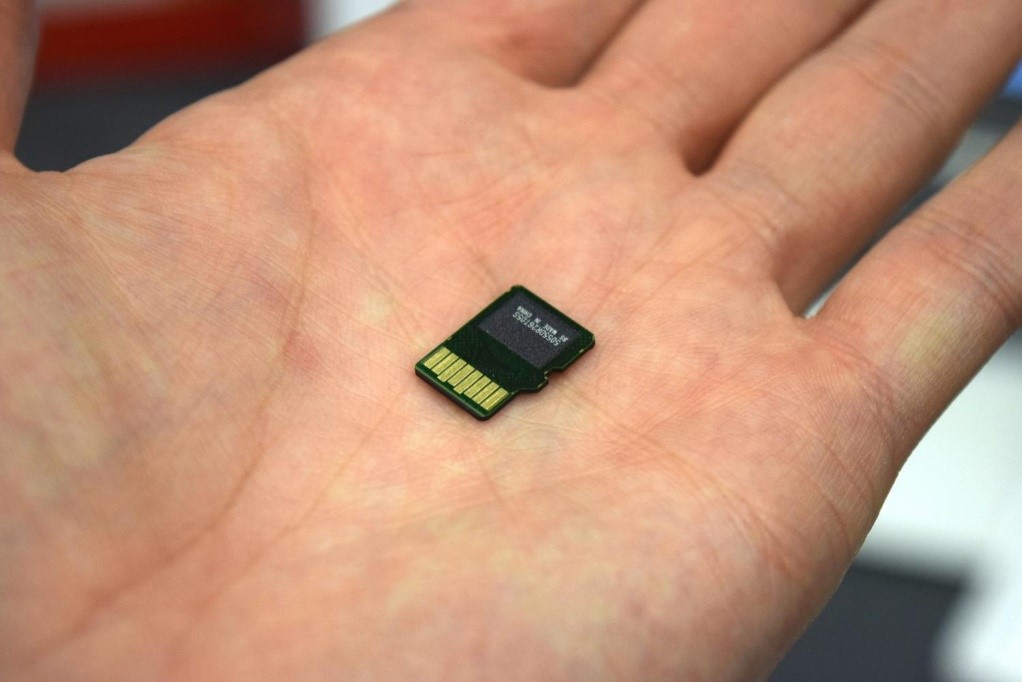
...would be able to store the same amount of information as not just one of these
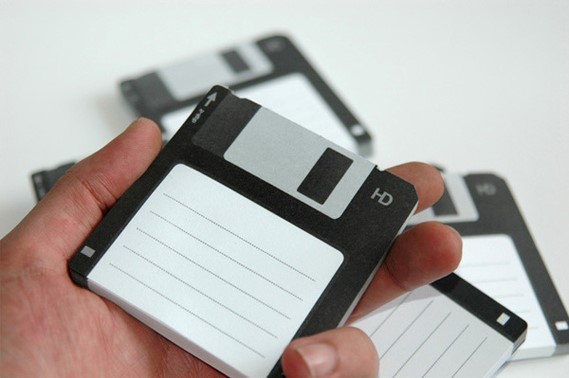
...but 355,555 of these!!! To put that into perspective, if you could actually stack that many floppy disks, it would create a tower 1173m high – close to four times the height of London’s tallest building, The Shard. That’s a lot of data!
Fluffy Internet Clouds
And increasing internet speeds make cloud storage a practical reality. Who would have imagined that the photos taken from a mobile phone during a trip to Sydney could be available for a grandmother in London to see just moments after taking them? Today this is something which many of us take for granted. And at Sentab, we are working to make this sort of experience available to everyone, even those who are better versed with traditional methods.
Sentab provides completely free photo and video sharing, directly to your TV. Utilising the most up to date technology, you can share family albums directly from your smart phone or send videos across the globe in moments. This is just one of the many modern benefits that our easy to use system can bring to your TV. Check out our website for more information and details of future developments.